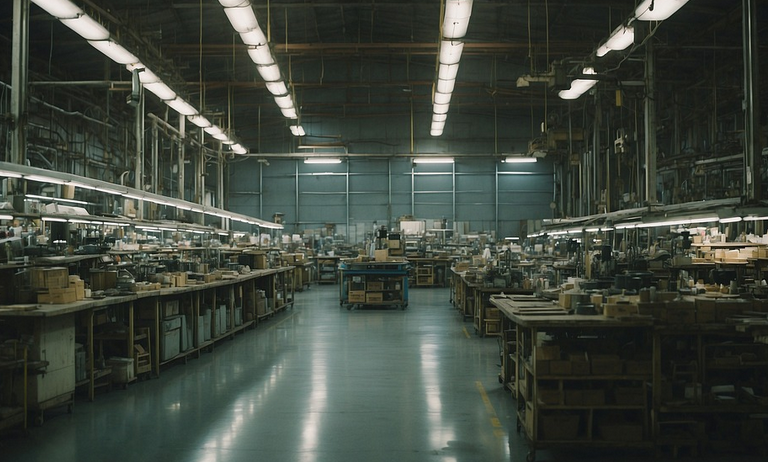
Over And Out Rubber Ducky: A Splash Of Nostalgia
The Enduring Charm of Classic Childhood
There’s something undeniably charming about a rubber ducky, isn’t there? These colorful, oddly-shaped companions have been brightening up bath time for generations. For many, the mere sight of one evokes a flood of childhood memories—the warmth of a sunny bathroom, the rush of giggles as you learned to swim, or perhaps simply the comforting knowledge that playtime had arrived.
Rubber duckies are more than just bath toys; they hold a unique power in capturing our collective nostalgia. From their simple yet bold design to their iconic yellow hue, these little companions have become synonymous with carefree childhood days. They symbolize the joy of splashing water, making silly noises, and the pure bliss of letting our imagination run wild.
Diving into the History of Rubber Ducky
The story of rubber duckies spans over a century, dating back to the early 20th century. In those days, bath toys were often made from materials like wood or metal. However, the invention of vulcanized rubber in 1839 revolutionized toy manufacturing – and rubber duckies emerged shortly after.
The first real mention of a rubber ducky appears in a U.S. patent for a “Rubber Duck” toy dated back to 1902. This early version was likely inspired by the bathtub-shaped design popular at the time, which was shaped like a boat or an animal. The use of rubber offered several benefits – it allowed for more creative shapes and designs.
As the 20th century progressed, technology and manufacturing techniques evolved further, leading to the iconic rubber ducky we know and love today. These toys were no longer simply a novelty; they became a cultural phenomenon, embraced by children around the world, sparking countless hours of imaginative play.
The Power of a Rubber Ducky in Modern Times
Rubber duckies remain as popular as ever, transcending generational boundaries and captivating hearts across different age groups. Their enduring appeal lies in their timeless simplicity. Despite being just a simple toy, they offer a unique connection to our past, reminding us of simpler times when life revolved around the joys of childhood.
These little companions are more than just bath toys; they’re powerful symbols of fun and escapism. They spark conversations about memories and evoke a sense of nostalgia that many adults can relate to. A rubber ducky can even bridge generations, as children today are often fascinated by the history and playful nature of these iconic toys.
Rubber duckies also offer a unique form of comfort in times when we need a little escape from the daily grind. They act like tiny anchors of joy amidst any chaotic situation, bringing a sense of peace and serenity to our lives. Their simple design allows for endless interpretations, making them relevant across all age groups.
A Lasting Legacy: From Classics to Modern Innovations
The legacy of the rubber ducky is undeniable, from its humble beginnings in the early 20th century to its continued relevance in modern times. It reminds us of the power of play and the importance of embracing simple joys. Rubber duckies continue to inspire creative expression, sparking laughter, and reminding us of our playful roots.
The evolution of rubber duckies hasn’t just been about design; it encompasses a broader spectrum of influences. From collaborations with artists and designers to limited-edition releases inspired by pop culture, the iconic toy continues to embrace innovative approaches and expand its reach through different avenues
Today, the classic rubber ducky remains a symbol of childhood fun, but also represents our enduring fascination with simple pleasures. They continue to be cherished as gifts, companions for bath time, and even pieces of nostalgic decor in homes across the globe.